Top 10 Things To Know About Mulch
Top 10 Things To Know About Mulch
As we inch closer to spring, our customers have questions about mulching their gardens. Here are the top ten things to know about mulch.
- 1. Mulch retains moisture in the soil. This is a good thing for landscapes on Cape Cod, where the ground is largely sandy. It’s also good because when gardens and beds are mulched, they can go longer in between irrigation sessions in the summer.
- 2. Mulch suppresses weeds. Most weed seeds need light to germinate, and by applying an inch or two of mulch they are denied the sunlight that triggers their grow. In order to prevent new weed from germinating, apply mulch before the seeds sprout in late-April or early May.
- 3. Mulch amends soil from the top down. Nature enriches soil in the woods and fields when organic matter – leaves and twigs – falls on top of the ground and rots in place. Mulch does the same thing as it decomposes into the ground. Yearly applications of mulch help keep soil healthy.
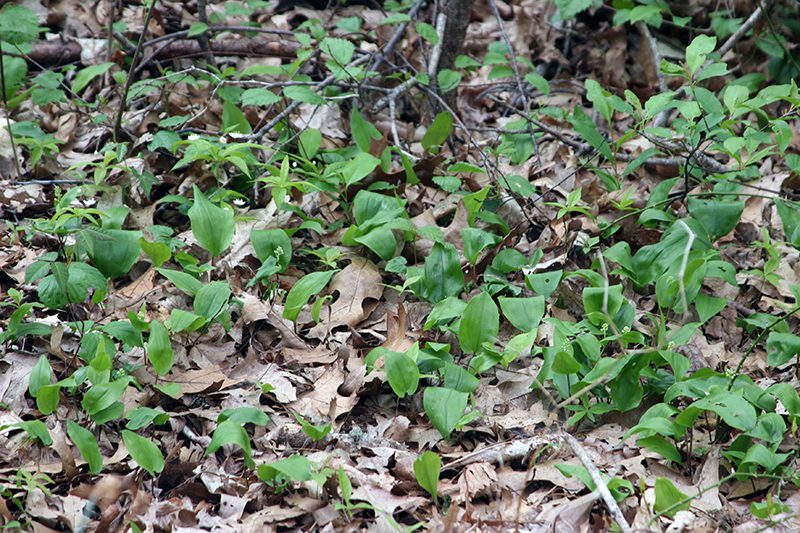
- 4. Smaller pieces of mulch do a better job at weed suppression. Mulch that is in small pieces prevents more light from reaching weed seeds. So the big chunks of wood chips don’t prevent weeds as well as the types that are ground more finely.

- 5. The color of the bark mulch, or type of wood used, is an aesthetic decision – choose what you like the look of, because they all work equally well. Cedar mulch does not repeal insects, and the red and black mulches are dyed those shades. Choose what you like the look of.
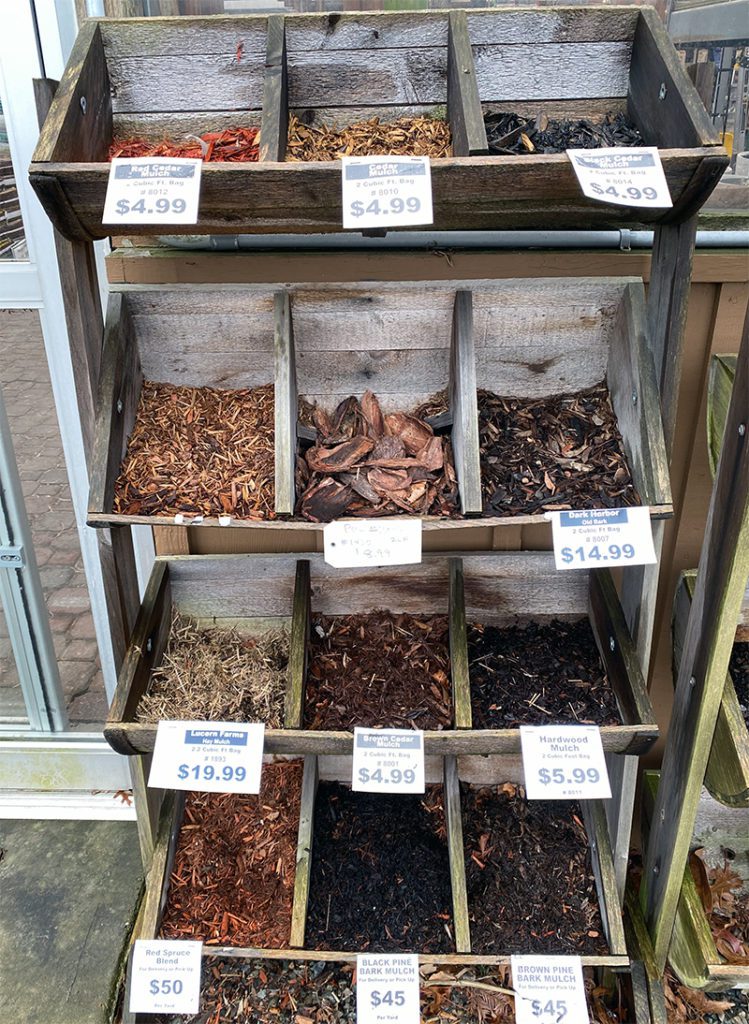
- 6. A thicker layer of mulch isn’t better. Most mulch should be spread an inch or two thick. Too much mulch prevents your irrigation from saturating the ground and getting to the roots. It also can be a problem for the root systems of shrubs and trees. It’s better to spread a thinner layer every year. The new inch can be placed right over the remains of the old as long as the layer last year wasn’t put down too thickly.
- 7. Mulch should never be piled up around the trunks of trees or the stems of shrubs. This “volcano mulching” can kill plants.
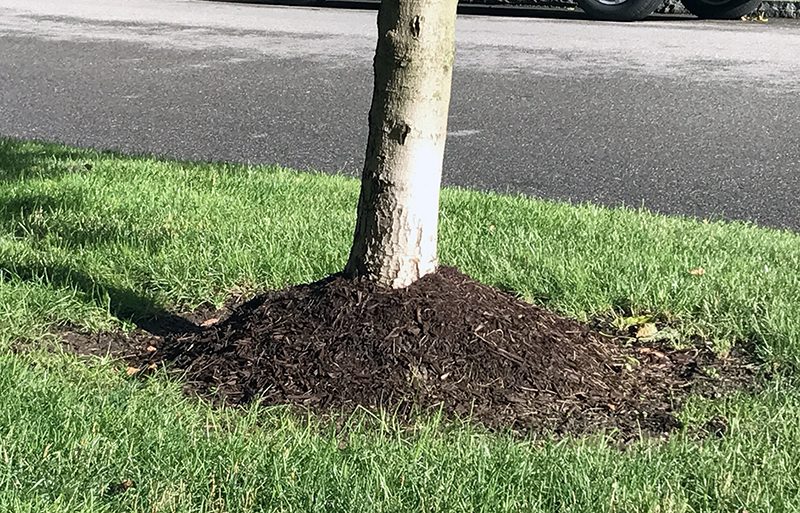
- 8. Spreading mulch in the early spring prevents annual weeds from growing, but basically mulch can be applied anytime. If you don’t get around to spreading mulch until July, or want to do it in the fall, so be it. The only thing to know about timing is that if you want some self-seeding biennials or annuals to grow – California poppies (Eschscholzia californica) or foxglove (Digitalis purpurea), for example, you’ll need to wait until after they germinate before mulching.
- 9. If you want to use the leaves that have fallen on your property for mulch, you’ll need to chop them first. Leaves make good mulch but they should be cut into finer pieces so that they don’t form heavy, thick mats or blow away. Some of our customers ask about using grass clippings as mulch in their vegetable gardens. If you wish to do this, be aware that you need to spread the clippings in very thin layers so that this high-nitrogen material doesn’t heat up and burn your veggies. You may also get grass growing in your vegetable garden by using the clippings. For this reason many people buy bags of hay for the vegetable beds and let the clippings fall back on the lawn.
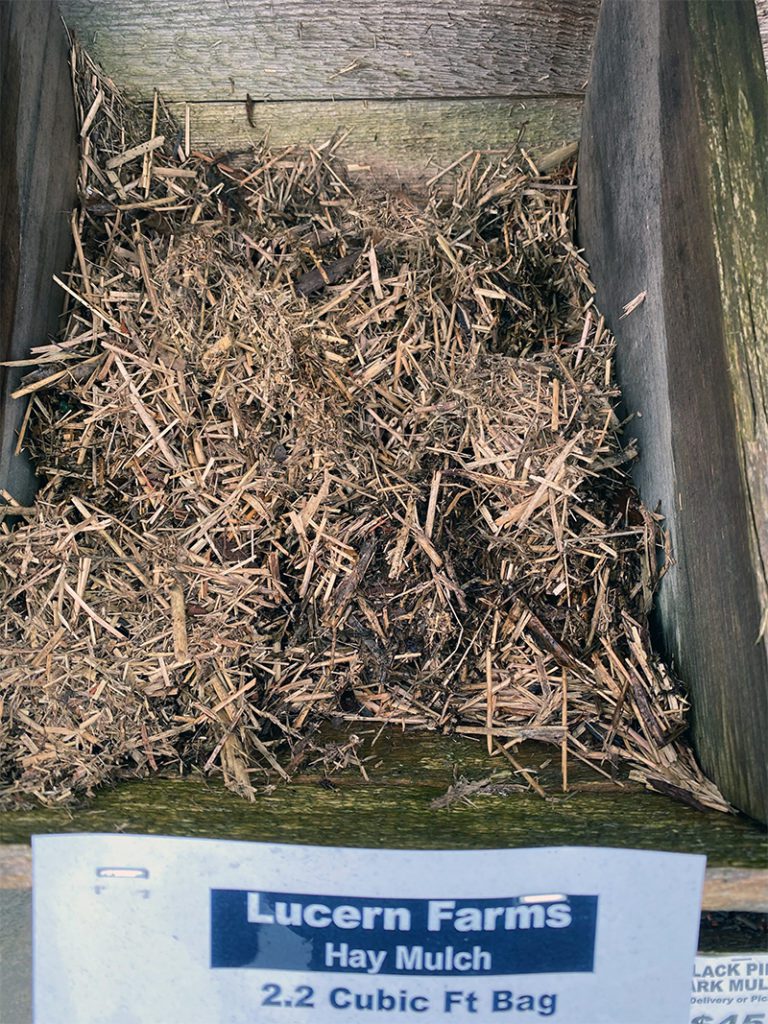
- 10. Mulch that lays on the surface of the soil does not take nitrogen from the plants. It is true that if you dig pieces of the high-carbon bark mulch into the ground it will use nitrogen from the soil as it decomposes, sometimes at the expense of plant growth. But if that same bark is on the surface and not dug under, it uses nitrogen from the air, leaving the nitrogen in the soil where it can nourish the plants.
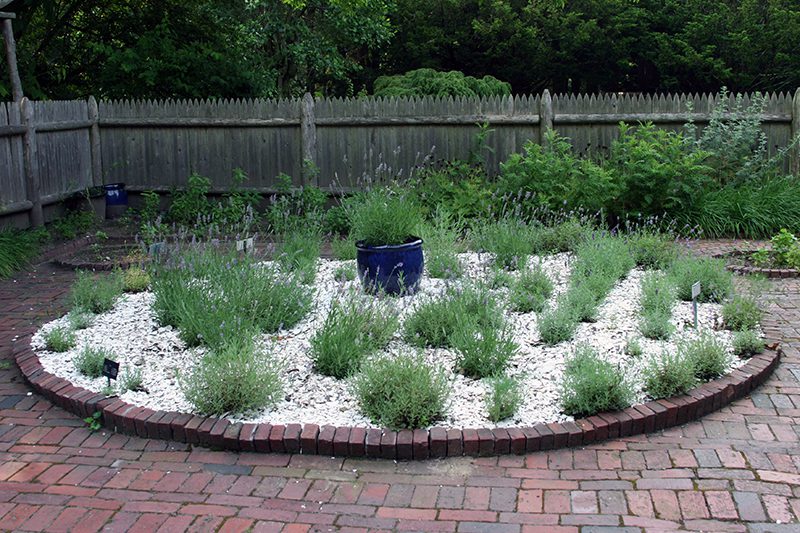
Posted in Uncategorized
Subscribe To Our Newsletter
Sign up for our weekly email about sales and events.
